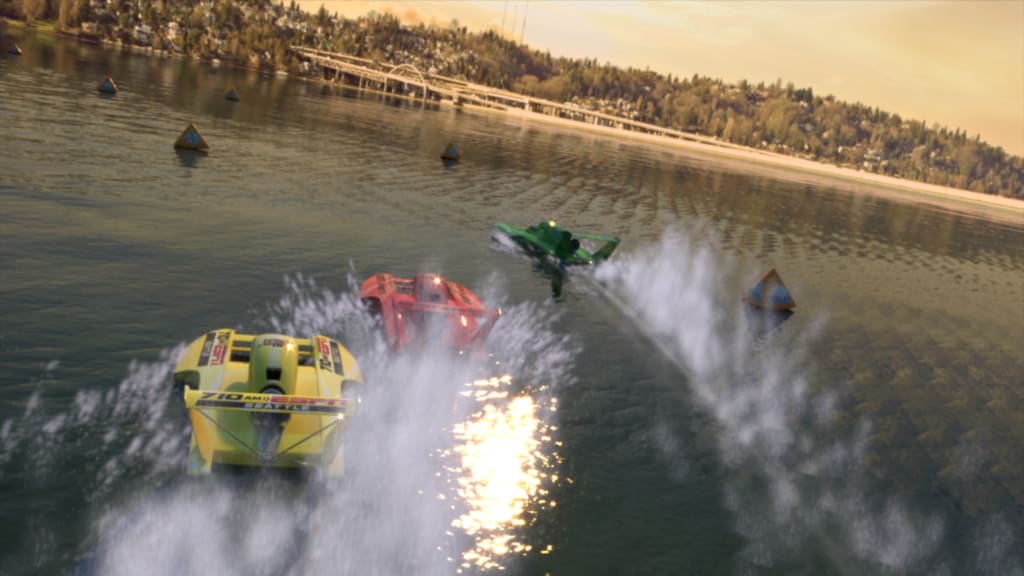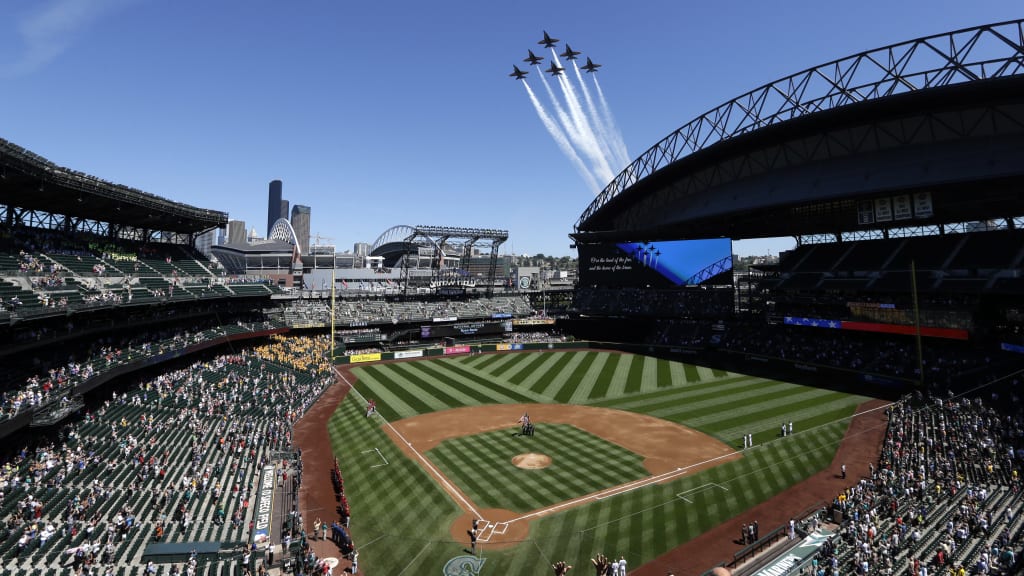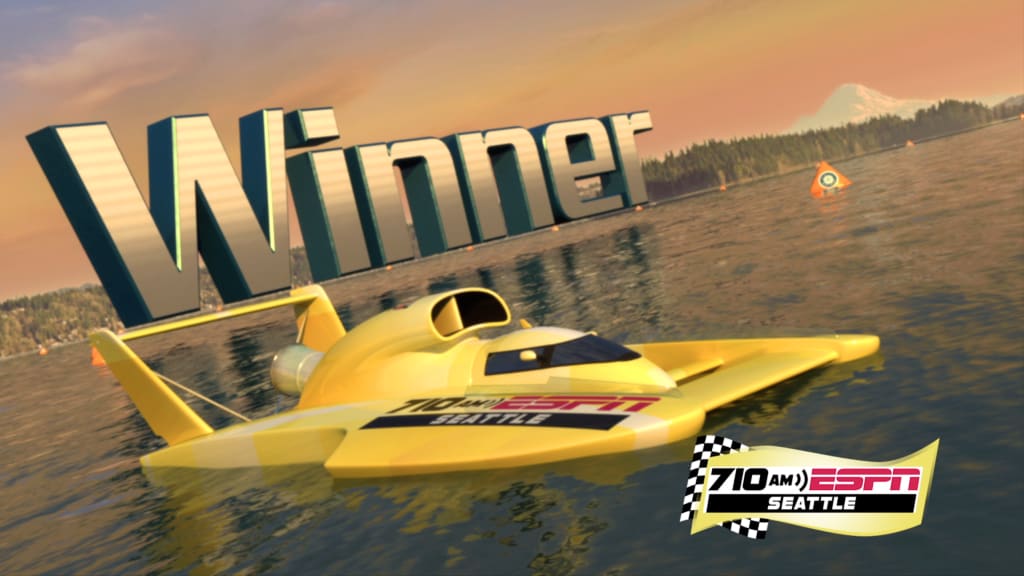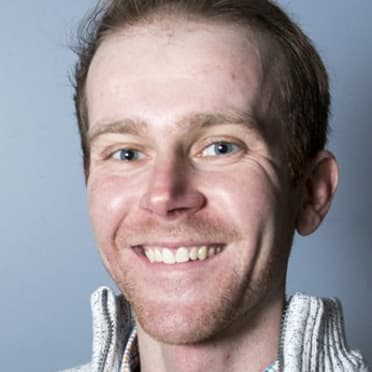
SEATTLE -- The sixth inning in Seattle has reached a borderline sacred, albeit quirky, territory of sorts, an event that steals some of the thunder and evokes arguably a stronger crowd reaction than singing “Take Me Out To The Ballgame” one inning later.
This timeless tradition is known as the Hydro Challenge, an animated 60-second dash between three vibrantly colored hydroplane motorboats surging through the recreated waters of Puget Sound, Lake Washington and other local bodies of water and plastered across T-Mobile Park’s 201-foot videoboard. And fans go nuts for them -- and there’s some explanation why.
First, a history: The simulated races began as 2D sailboats on the Kingdome videoboard in the late '80s, inspired by the wildly successful Dot Races conducted by the Rangers, who are believed to be the first in MLB to present a mascot race as in-game entertainment. The Mariners’ sailboat homage was simple enough to understand as a tribute to Seattle’s lush marine surroundings.
But the club wanted to take it a step further with an even more local recognition, so the Mariners replaced the virtual sailboats with the hydros, and they upgraded the presentation to 3D in 1991, while still at the Kingdome.
The hydros are a nod to the Seafair, the annual weekend festival headlined by the H1 Hydroplane Seafair Cup, where some of the fastest in the fleet sprint around Lake Washington at up to 220 mph, preceding a flyover show by the Blue Angels. The event draws crowds from around the globe, and in the midst of the gorgeous Pacific Northwest summers, it’s been one of the premier dates on any Seattle calendar since 1950.

As the Hydro Challenge popularity boomed, and after the Mariners moved into T-Mobile Park, they began doing different versions of the races -- from day and night, depending on the start time of that day’s game, to races separately simulated on Lake Washington and Elliott Bay, rather than a generic body of water.
Technology improved, as did the graphics, creating an appeal driven by authenticity and simplicity, as well as an audience already immersed in a competitive environment given the baseball game that they came to watch. And the stakes are nonexistent -- it's just one minute of fast-paced fun.

“Whether it's your first time at a game and you look up and say, ‘What are these hydros and what am I doing?’ You can easily tell what the concept is,” Mariners director of marketing Mandy Lincoln said. “And then there are people that are diehards. They have their color. They're rooting for it. They know exactly that it's mid-6, every Mariners game, I'm going to stay in my seat and root for my color. So, it's just kind of for decades now become appointment viewing at Mariners games.”
There are now 27 simulations of the hydro races, and they’ve largely remained the same through recent years, sans an occasional change due to sponsorship and the special races to pair with theme nights, such as Turn Back The Clock Night. The club’s game producer, Tyler Thompson, is responsible for selecting each night’s simulation early in the day so the production crew can ready the presentation.
But even to season-ticket holders, Lincoln and others who attend all 81 home games, the differences in each race are so subtle that it is seemingly impossible to decipher which hydro will win until the checkered flag flies.
“People have definitely tried to reach out and see if they can get the inside scoop on who's going to win that night and maybe place a bet with friends or want to impress somebody and say that they know,” Lincoln said.
Despite all the development, the colors of the three boats remain yellow, red and green. Some parts of the tradition are worth preserving.
